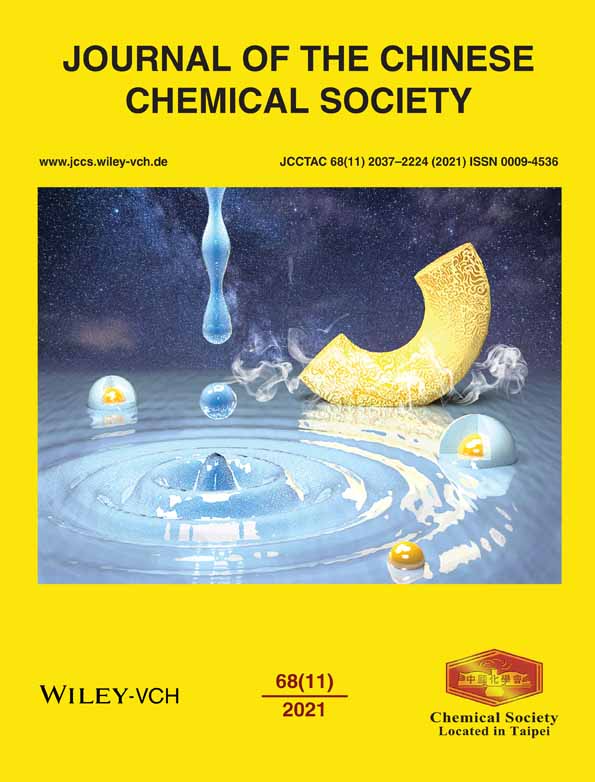Effect of COOH in organic linkers on the hydrochlorination performance of SnMOF-based catalysts
Funding information: Science and Technology Supporting Foundation of Liupanshui, Grant/Award Numbers: H2020-003, 52020-2018-01-04; Guizhou Education Department Youth Science and Technology Talents Growth Project, Grant/Award Number: [2021]253; Natural Science Foundation of Guizhou Province, Grant/Award Numbers: [2020]1Y037, [2019]2872; PhD research startup foundation, Grant/Award Number: PXY-BSQD-202110
Abstract
A series of tin-organic frameworks materials (SnMOF) were synthesized using different organic linkers, including phthalic acid, isophthalic acid, 1,4-dicarboxybenzene, and 1,3,5-benzenetricarboxylic acid. The structure and morphology of SnMOF were characterized by Fourier Transform infrared spectroscopy (FT-IR), X-ray diffraction, N2 adsorption/desorption isortherm (BET), scanning electron microscope-Energy Dispersive System (EDS), and Thermogravimetry (TG). Taking together, these experimental results indicated that the different types and amounts of COOH in organic linkers have a significant effect on the physical properties of SnMOF. Among them, carbon-supported SnMOF as catalysts for acetylene hydrochlorination features the considerable activity and vinyl chloride selectivity. Such excellent performance is attributed to the fact that 1,3,5-benzenetricarboxylic acid can effectively strengthen the interaction effect between C2H2 and Sn-O-C, according to the results of C2H2-TPD, HCl adsorption experiments, and X-ray photoelectron spectroscopy (XPS).




